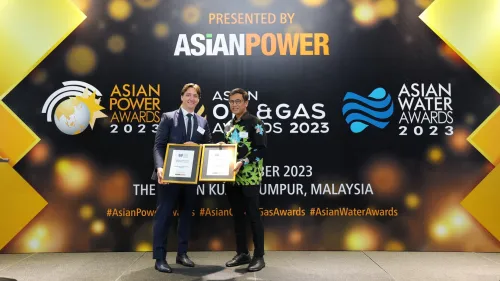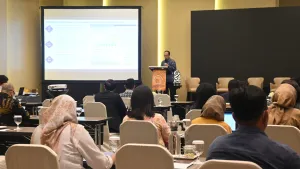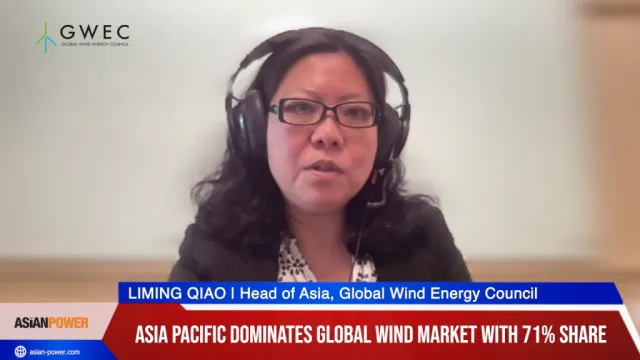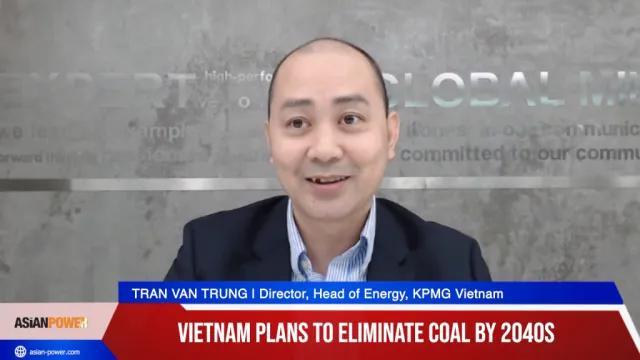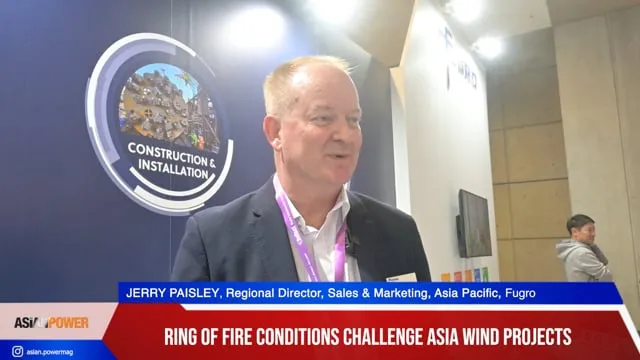
Unchanged coal-fire tariffs pressure China's power generators
Will smaller players be booted out of the market as profit losses mount?
China's decision to keep on-grid electricity prices from coal-fired power unchanged amid higher coal prices will further squeeze power producers' margins in 2017, says Fitch Ratings.
Margins are also expected to suffer as more electricity is sold under direct power sales (DPS) programmes at a discount to the benchmark on-grid tariff as well as from falling plant utilisation levels.
China's National Development and Reform Commission (NDRC) said on 4 January 2017 that the benchmark on-grid tariff for coal-fired power will remain unchanged in 2017, despite a strong coal price rally starting from 3Q16.
Here's more from Fitch Ratings:
China introduced a coal price pass-through mechanism in early 2016, which specifies that coal-fired power generators' on-grid tariff will be reviewed at the start of each year to reflect coal price changes in the previous year. In this week's announcement, the NDRC further specified that the average NDRC national coal price index from November 2015 to October 2016 was used as reference to decide the tariff pass-through amount. According to the price formula, on-grid tariff should increase by CNY0.18 cents per kilowatt hour (KWh) to reflect the coal price change in that period. However, changes less than CNY0.2 cent/KWh will not be made, but will accumulate into the next review period.
Although the current Qinghuangdao seaborne coal price is already 15% lower than its peak in 2016 due to NDRC measures to increase coal supply and contain coal prices, it remains more than 30% higher than the average 2016 price as coal prices were much lower in 1H16. We expect coal prices to fall further with policy intervention; however, the average 2017 coal price, especially in 1H17, is likely to be higher than for the same period last year. As such, dark spread - the difference between power tariffs and unit coal costs - for coal-fired power generators will be lower than in 2015 and early-2016.
At the same time, power volumes sold under DPS are increasing. The NDRC reports that power sold under DPS increased to 700 billion KWh in 2016, up from 430 billion KWh in the previous year. This represents around 12% of China's total power demand, or 17% of power demand from the energy-intensive secondary industry, which accounted for around 71% of the country's total power consumption in 2016. According to NDRC, the average discount on DPS is around CNY6.4 cent/KWh, which is around 18% of China's national average on-grid tariff. However, Fitch estimates the discount for power sold under DPS is around 20% in regions with higher power demand and less competition, and 30% or higher in regions that suffer more from power overcapacity. Coal-fired power generators' dark spread is likely to be further squeezed as China aims to expand the scale of DPS in 2017.
We also expect coal-fired power utilisation hours to decline with slowing power demand growth and still-high capacity additions. We expect some smaller players are likely to be loss-making and forced out of the market, while large-scale and highly-efficient power generators or power-heat co-generation generators in regions with stable power demand or access to lower-cost coal will be final winners under these changes taking place in China electricity market. Among our rated entities, Beijing Energy Holding Co., Ltd. (A+/Stable), Shanghai Electric Power Co., Ltd. (BBB+/Stable) and Zhejiang Provincial Energy Group Company Ltd. (A/Stable) should enjoy greater stability due to their large market shares in their respective areas that also provide more stable demand conditions.


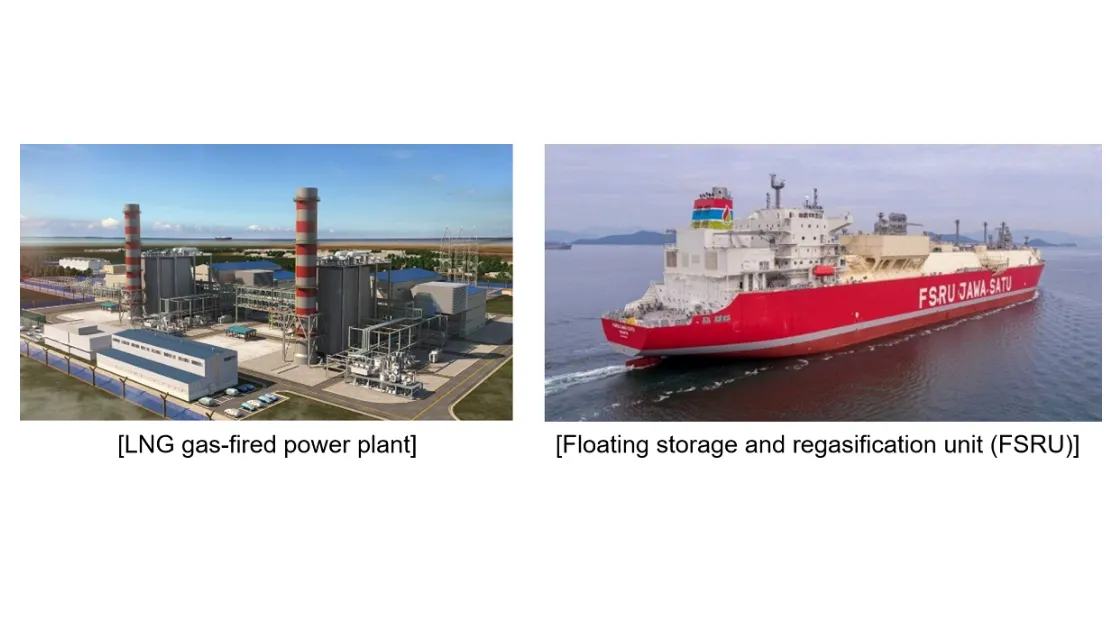
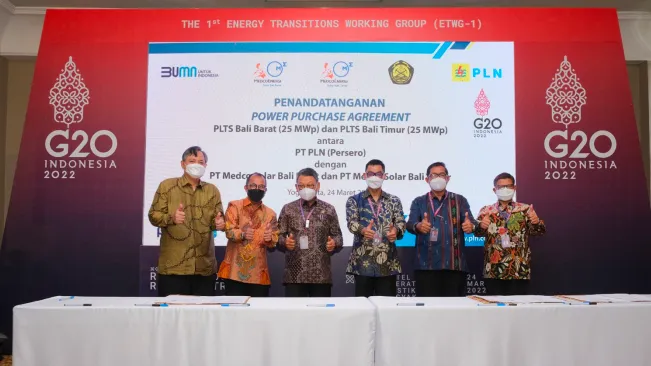
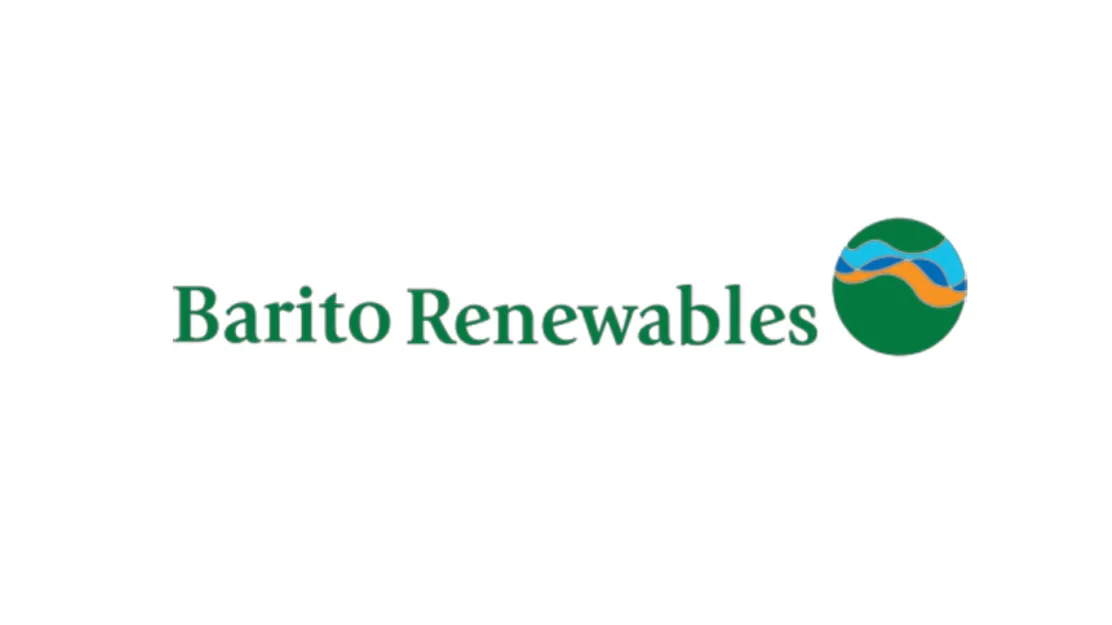


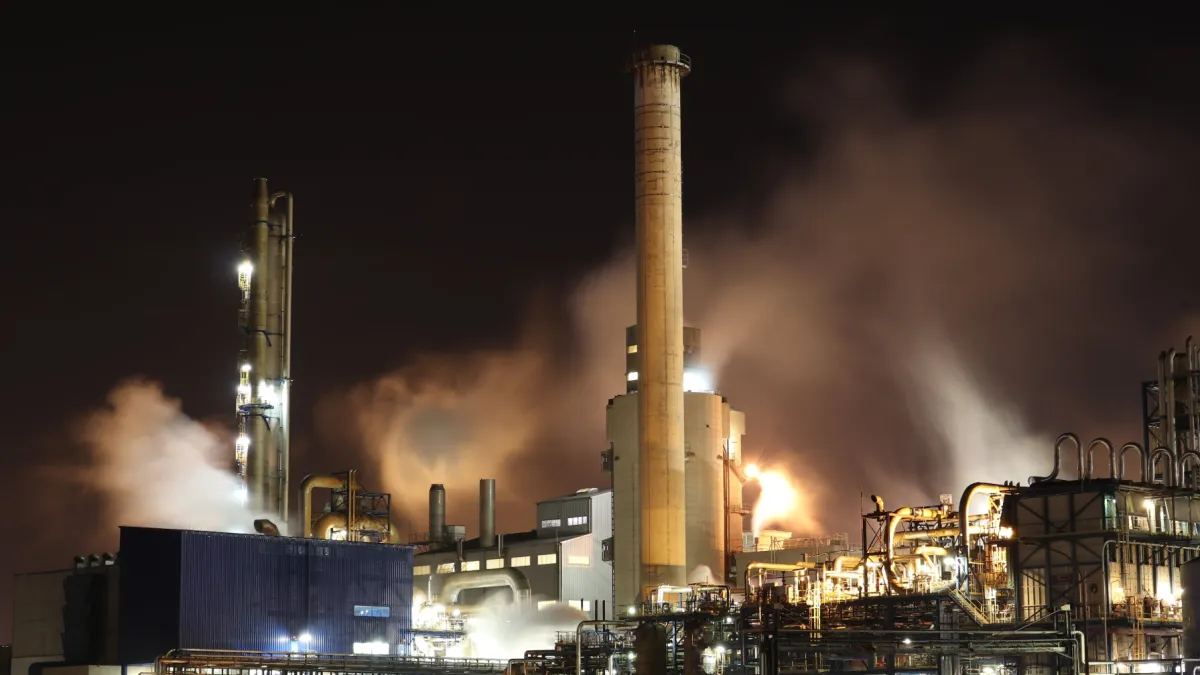

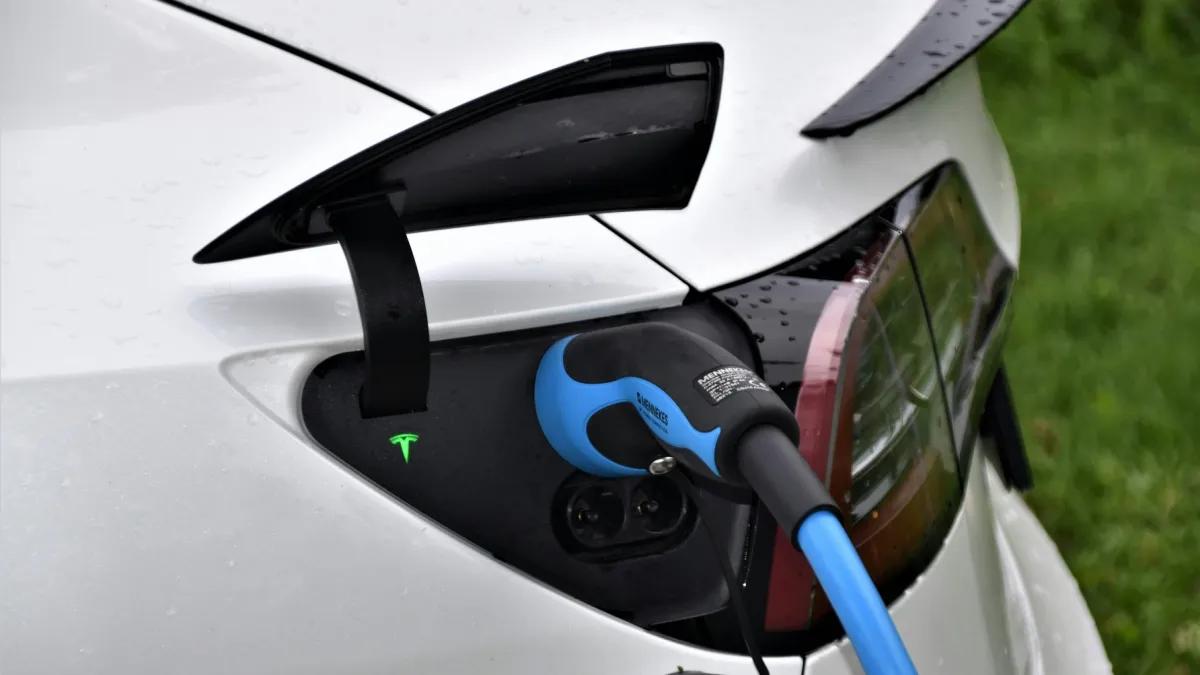



 Advertise
Advertise
